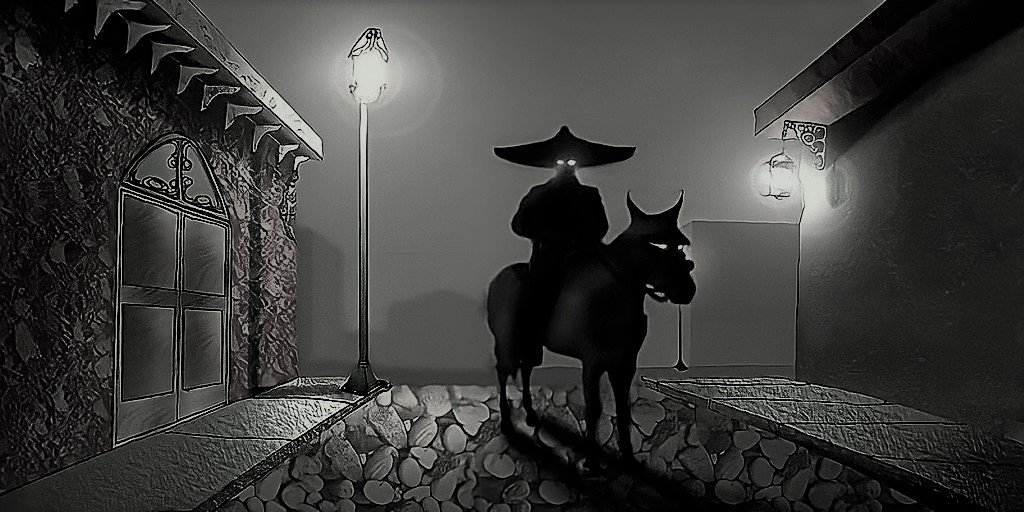Mount Tambora: The Deadliest Volcanic Eruption
Crater left after Mount Tambora’s Eruption
In 1812 the people of the Indonesian island of Sumbawa felt and heard a loud rumbling coming from the nearby Mount Tambora. They stared at the 14,100 ft peak (4,300 meters) and realized that Mount Tambora wasn’t just any ol’ mountain… it was a volcano.
But, since this was the first time it had made any sounds for centuries, the people in Sumbawa and the surrounding islands just went about their day, plus they had bigger problems. The Napoleonic wars were all the rage and in 1806 the Netherlands came under French rule.
This meant some of the Indonesian islands that were part of the Dutch East Indies, were now also part of the French Empire. And it wasn’t like the Dutch originally ruled over the islands peacefully, there were plenty of rebellions and fighting going on. Now, the people had to contend with the news that they belonged to a French Empire.
But then, between 1810 and 1811 the British led a campaign, took control of several islands, and kicked the French out. Sacre bleu! So by 1812 when Mount Tambora shook, people were probably more interested in what ‘empire’ will try to take them next, as opposed to some ground shaking… but that would end up being a mistake.
“Yea the ground shook but there are ships coming and we might need to learn a new language.”
April 5th, 1815 - A Second Warning
Three years later, the British were transitioning the islands back to a Napolean-less Dutch rule but many, like the lieutenant-governor of Java, Thomas Stamford Raffles, were still stationed there for the time being. As the sun set on April 5th, 1815, a loud explosion echoed throughout the islands.
Thomas Stamford Raffles as well as other commanders believed the islands were under attack and sent troops to investigate. Other officials thought the sounds were of two ships colliding at sea and sent rescue boats to help. Neither group was correct because hundreds of miles away on the island of Sumbawa, Mount Tambora was reminding everyone of just what it could do.
While British authorities looked for signs of pirates, invading armies, or following what they thought were sounds of gunfire and cannons, the people of Sumbawa watched as Mount Tambora erupted.
For three hours, it spewed ash into the air creating a dark cloud around the volcano. Luckily the only thing to come out of Tambora that day was ash, but, that luck would soon run out.
April 10th, 1815 - Tambora Erupts
For several days after Tambora’s first eruption, ash obscured the sun and rained down on the nearby islands. Sounds of explosions transitioned to that of light gunfire on Sumbawa. Search parties returned home empty-handed and the troops, sent to quell pirate activity, reported back confused at the darkened sky but uninjured.
Days later on April 10th, 1815, at around 7 pm, Tambora exploded. The violent eruption ripped the top third, five thousand feet, off its peak in an instant and sent large boulders flying through the sky. The blast was heard at least 1,200 miles away which is tantamount to someone in New York City hearing someone coughing in Kansas.
“Can someone tell Kansas to shut the fuck up?!”
As the ground at Tambora shook and the explosions continued to ring out, three columns of lava shot up 26 miles (41km) into the atmosphere and converged. Pumice stones up to 8 inches in length (20cm) rained down on the people and houses on Sumbawa as strong winds uprooted large trees, homes, people, and cattle, throwing them all into the ocean.
The winds and tremors created tsunamis that hit the nearby islands destroying crops and homes not immediately damaged by falling rocks. As the lava continued to spew into the air, a fast-traveling mixture of gas, rock, and ash called pyroclastic flow raced down the mountain.
Appearing as a large fast-moving cloud, pyroclastic flow is a deadly mixture that can reach speeds of around 430 miles per hour (700km/h) and temperatures of 1,800 degrees Fahrenheit (1,000 degrees Celsius). Within moments of the eruption, the surrounding Tambora village on Sumbawa island was engulfed by the cloud, none of the 10,000 inhabitants stood a chance.
Pyroclastic flow appearance from 1984 Mayon Eruption
All 10,000 caught in the cloud were killed within a fraction of a second from the intense heat and were buried under layers of debris. Reaching the ocean, the pyroclastic flow boiled it at such a rapid speed, the steam created explosions of hot gas.
The eruption at Tambora on April 10th, 1815 would later be classified on the Volcanic Explosivity Index (VEI) as a 7 out of 8, one of possibly only four in the last 2,000 years. Despite the destruction and death caused by the immediate eruption at Tambora, the worst was still to come for the Indonesian islands.
Related Article: The Mysterious Volcanic Eruption of 1808
Aftermath
A large amount of debris and ash now in the sky blotted out the sun for the entirety of the following day. British troops on nearby islands reported barely being able to see a few feet in front of them even with the help of candlelight.
Meanwhile, those on ships had to continuously sweep up and toss overboard piles of ash and dust that continued to rain down for three days. On the afternoon of April 12th, dull rays from the sun finally shone through the ash clouds and visibility had improved to around 300 yards.
“Rise and… shine?”
Three days later on the 15th, visibility had cleared enough that Lieutenant-Governor Stamford Raffles sent search parties to various islands to access the damage and attempt to interview the locals.
Over the course of the next three months, Tambora continued to erupt at random intervals, though, these were more like aftershocks and none were close to as destructive as on April 10th. But the damage had been done, from journals written by Stamford Raffles and letters collected by him we learned of the true destruction Tambora spread.
While the initial eruption killed around 11,000 people, the devastation, primarily the ash that continued to fall, killed crops and poisoned the water. As famine began to spread, disease took hold of Sumbawa and the nearby Lombok island.
In the end, it’s estimated at least 71,000 people on both islands died as a direct result of the effects of Tambora’s eruption, with some estimates reaching as high as 117,000 deaths.
At the time, the rest of the world was unaware of the destruction Tambora had caused but by the following year, the effects of Sumbawa’s nightmare would spread to every country around the world. This would bring about more death and disease in what became known as the Year Without Summer.
Quick Facts
A local ruler, The Rajah of Saugar witnessed the eruption and was able to escape the destruction. He would go on to meet with Lieutenant Owens Phillips and describe the mountain as appearing “like a body of liquid fire extending itself in every direction.”
Over three feet of ash accumulated on Sumbawa and Lombok. 700 miles away in Java, a little under half an inch of ash fell following the eruption
Although most of the aftershocks ended by July of 1815, small sporadic eruptions and rumbling continued until August 1819
















